- Joined
- Aug 27, 2011
- Messages
- 3,089
I‘m in the market for a pair of top quality akoya studs but am getting a bit confused with the terminology. My understanding is that Hanadama are top quality akoyas that have been examined and certified for nacre thickness and that Tennyo are the best of these subjected to an ”Aurora” test?? Is that correct? Where does “gem grade“ fit in to this, do you know? Also, some companies (Pearl Paradise, for example) seem to have Hanadama studs that are described as top range but are not certified, whereas others (The Pearl Source, again, for example) have studs with PSL certs and “Aurora” testing. What to buy??






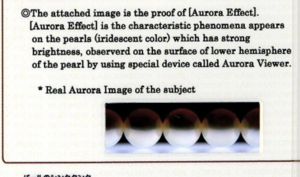
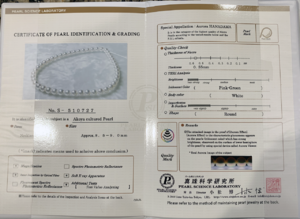
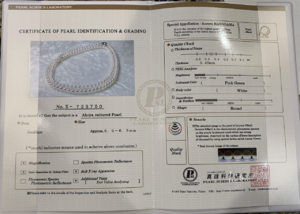
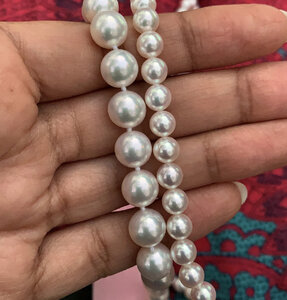
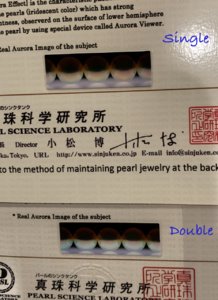
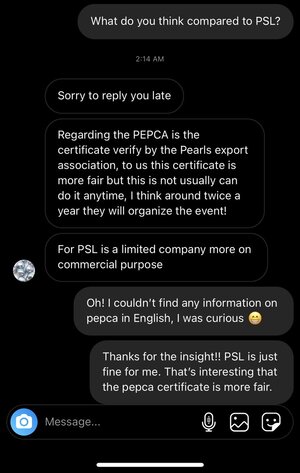
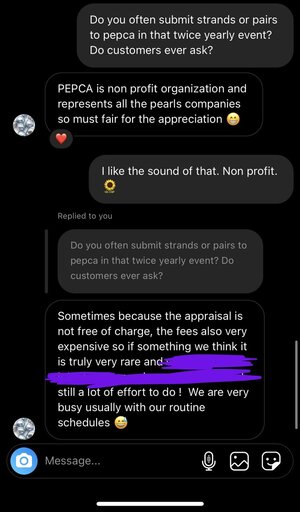


300x240.png)